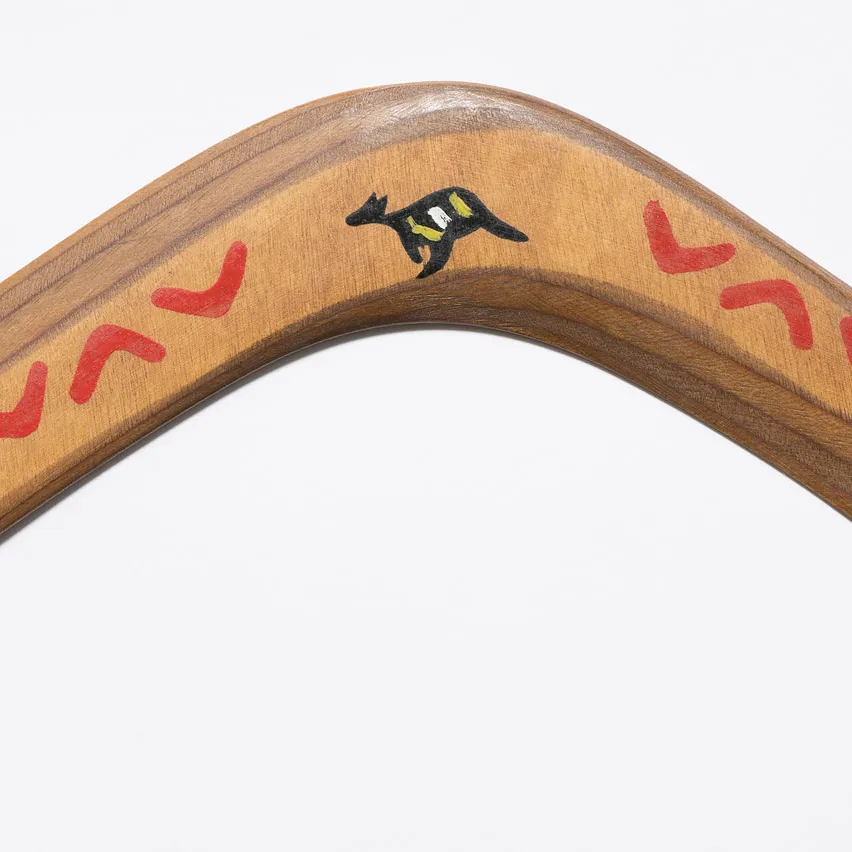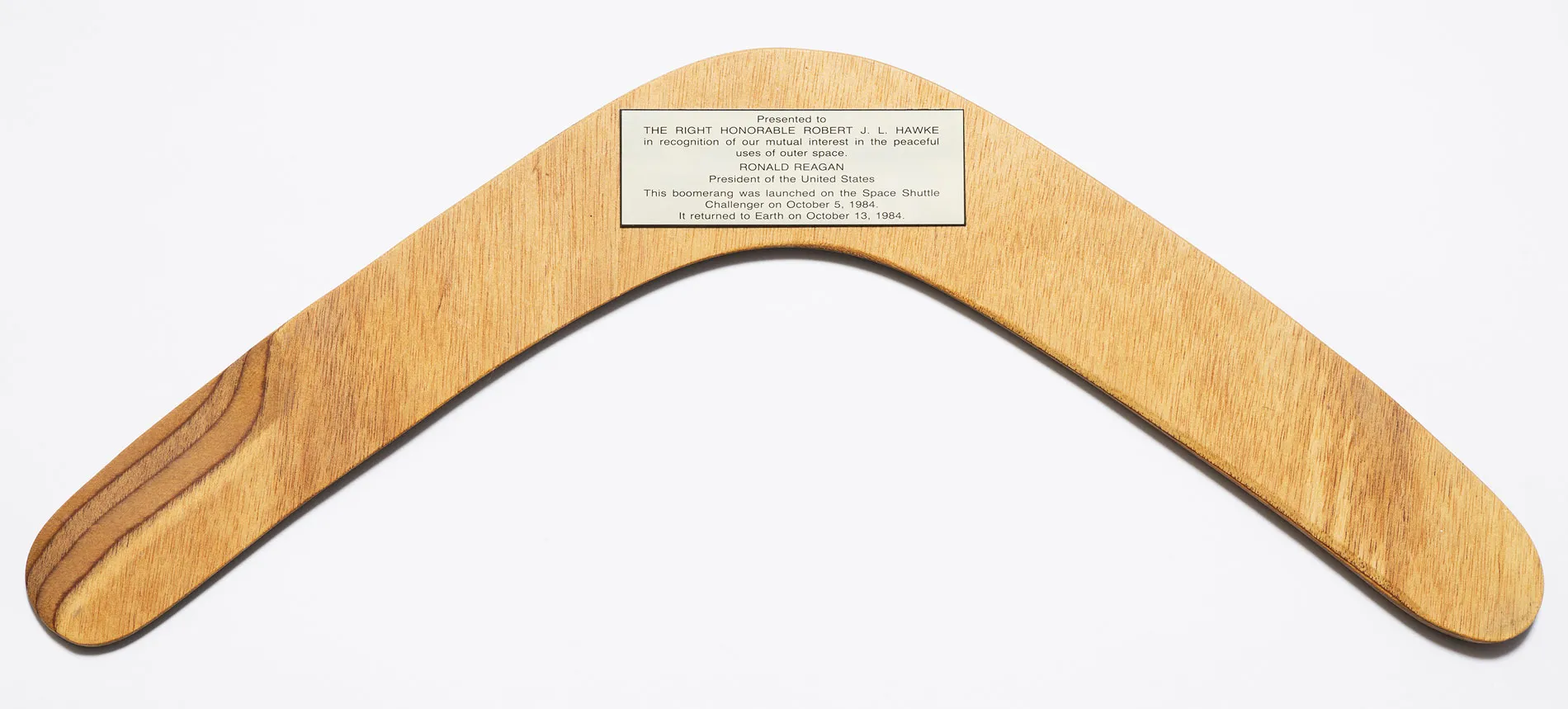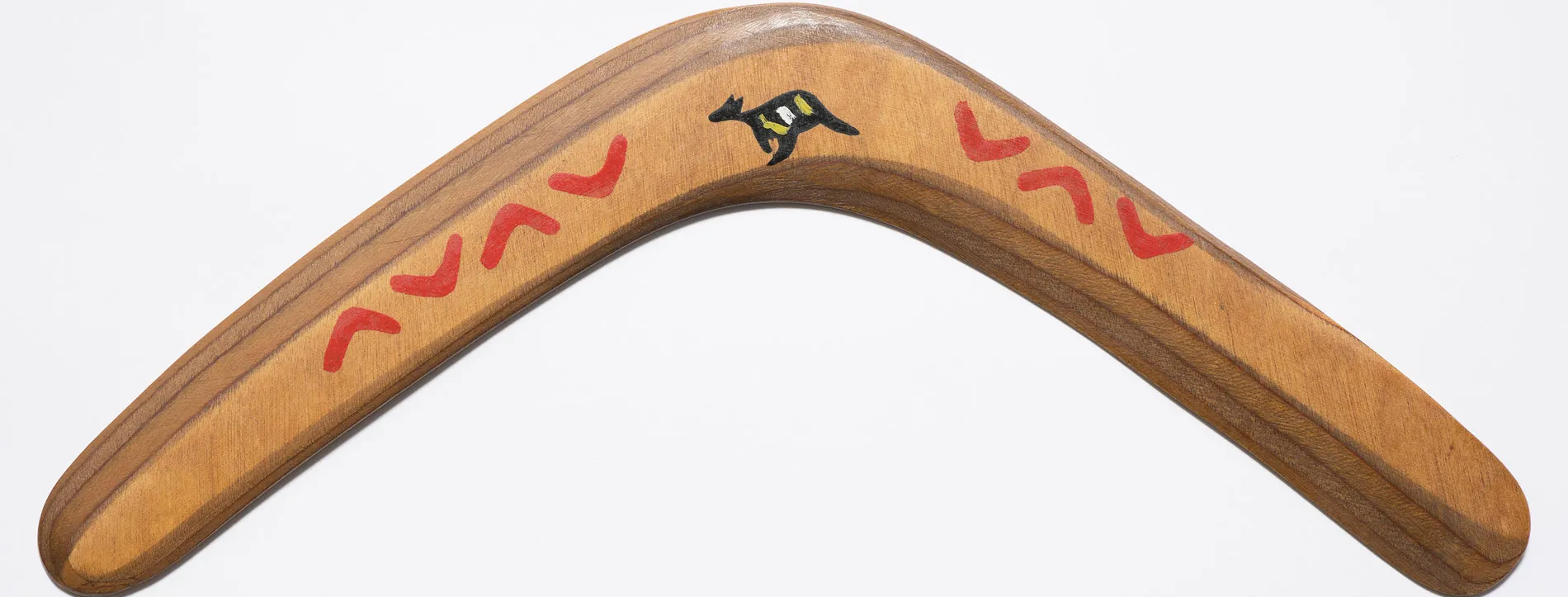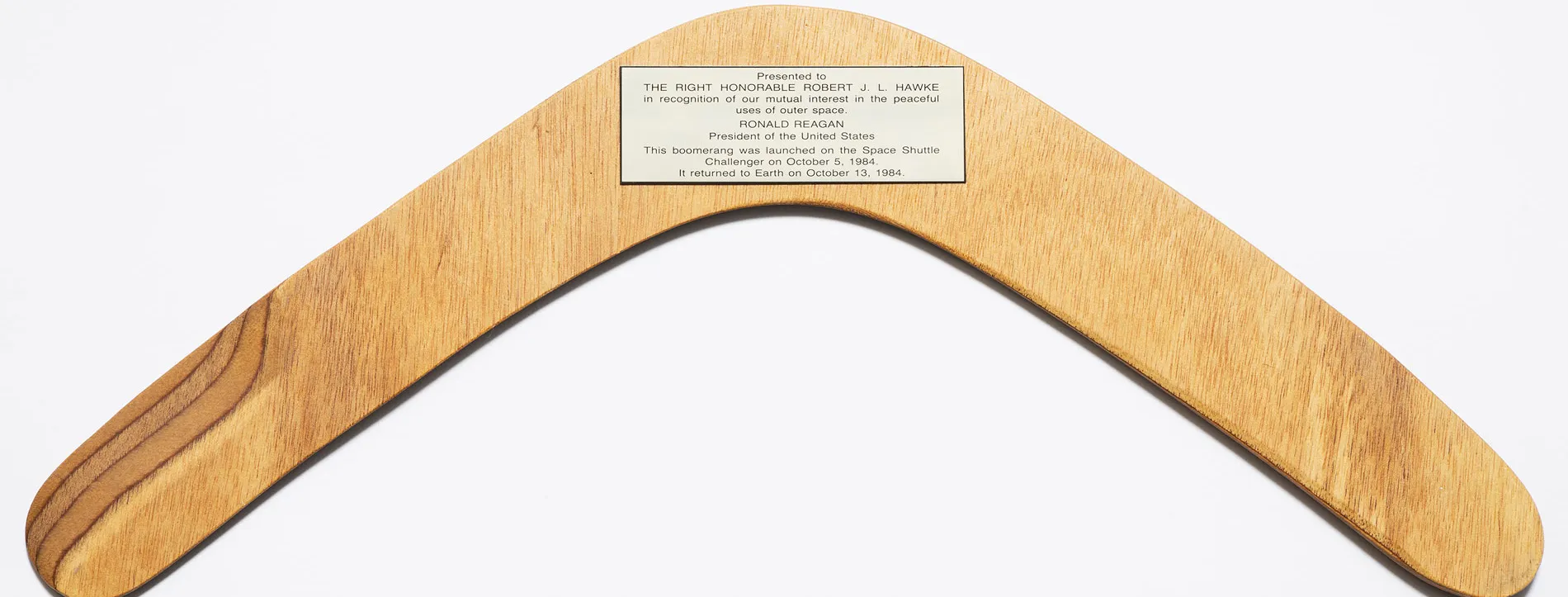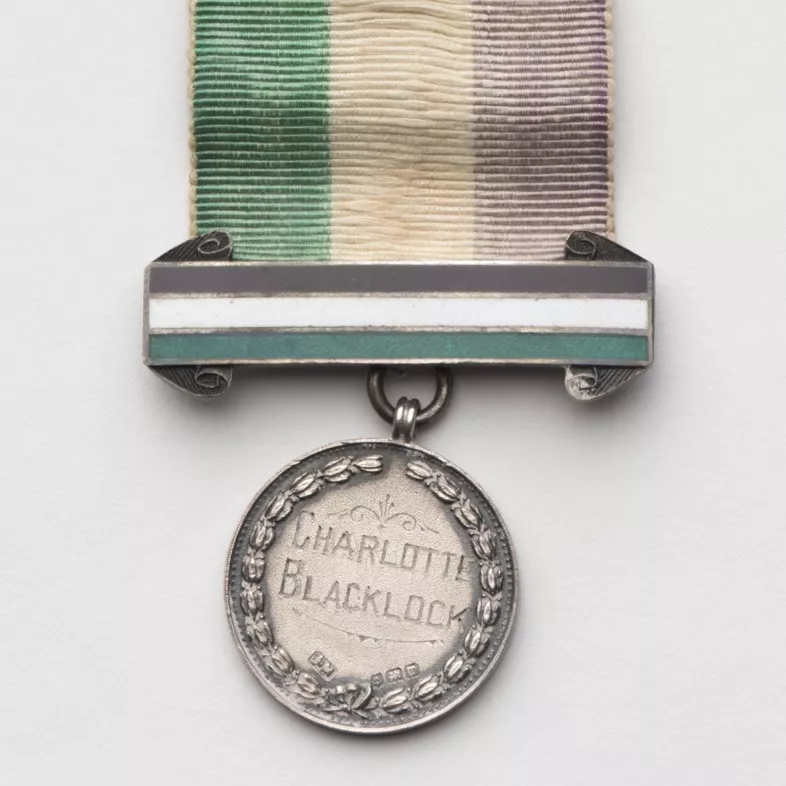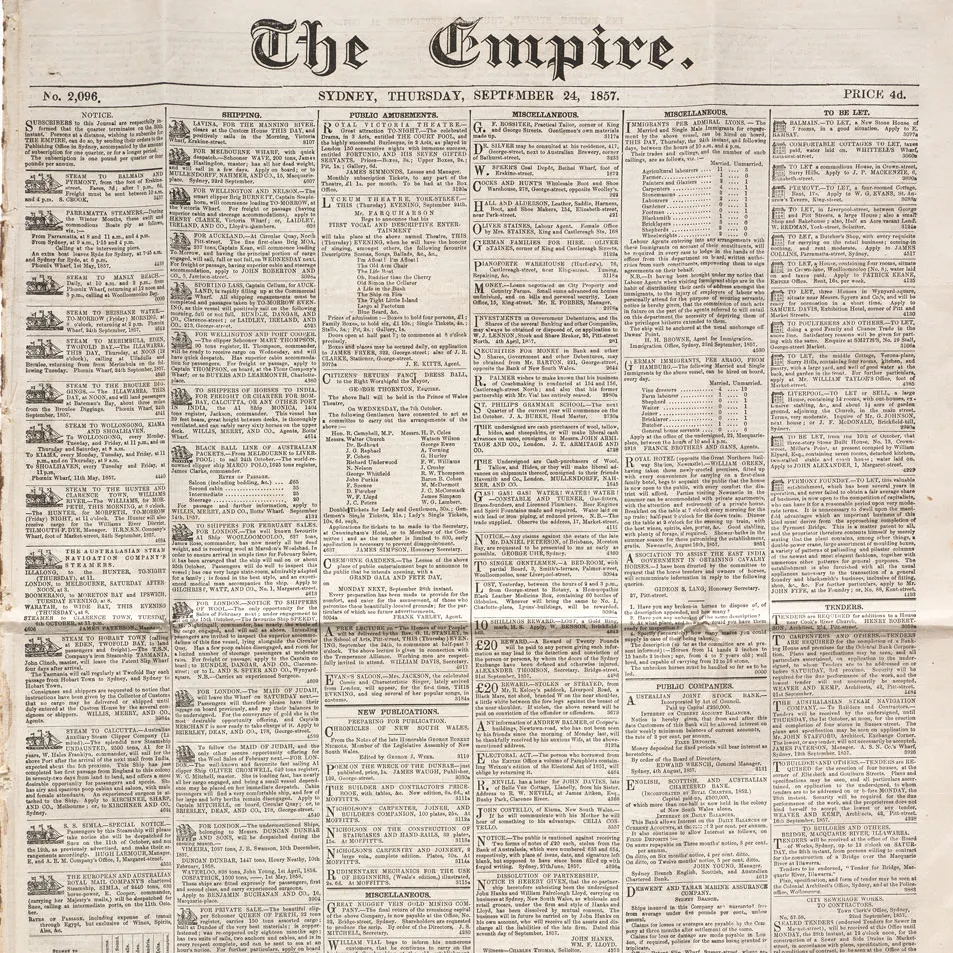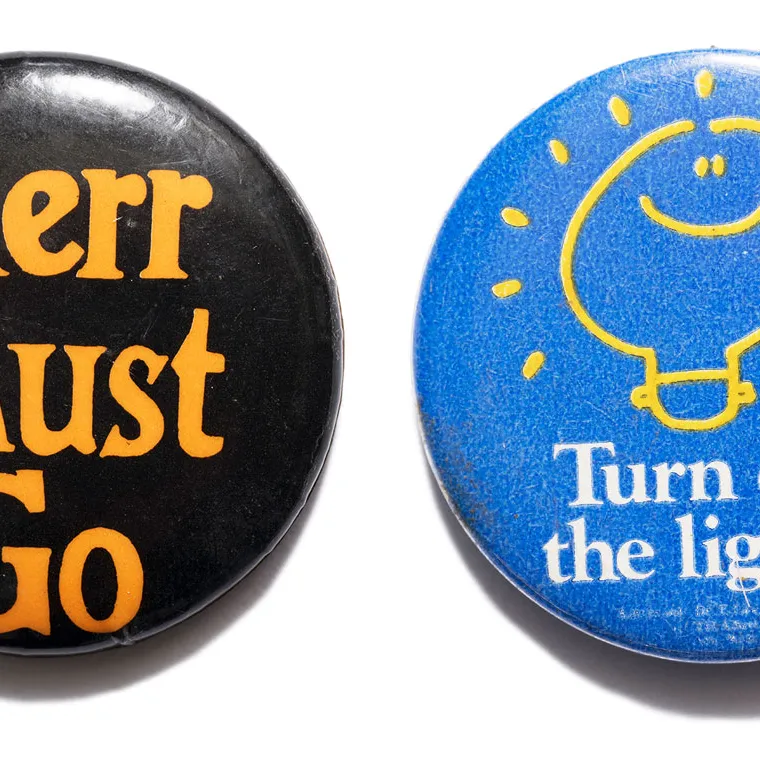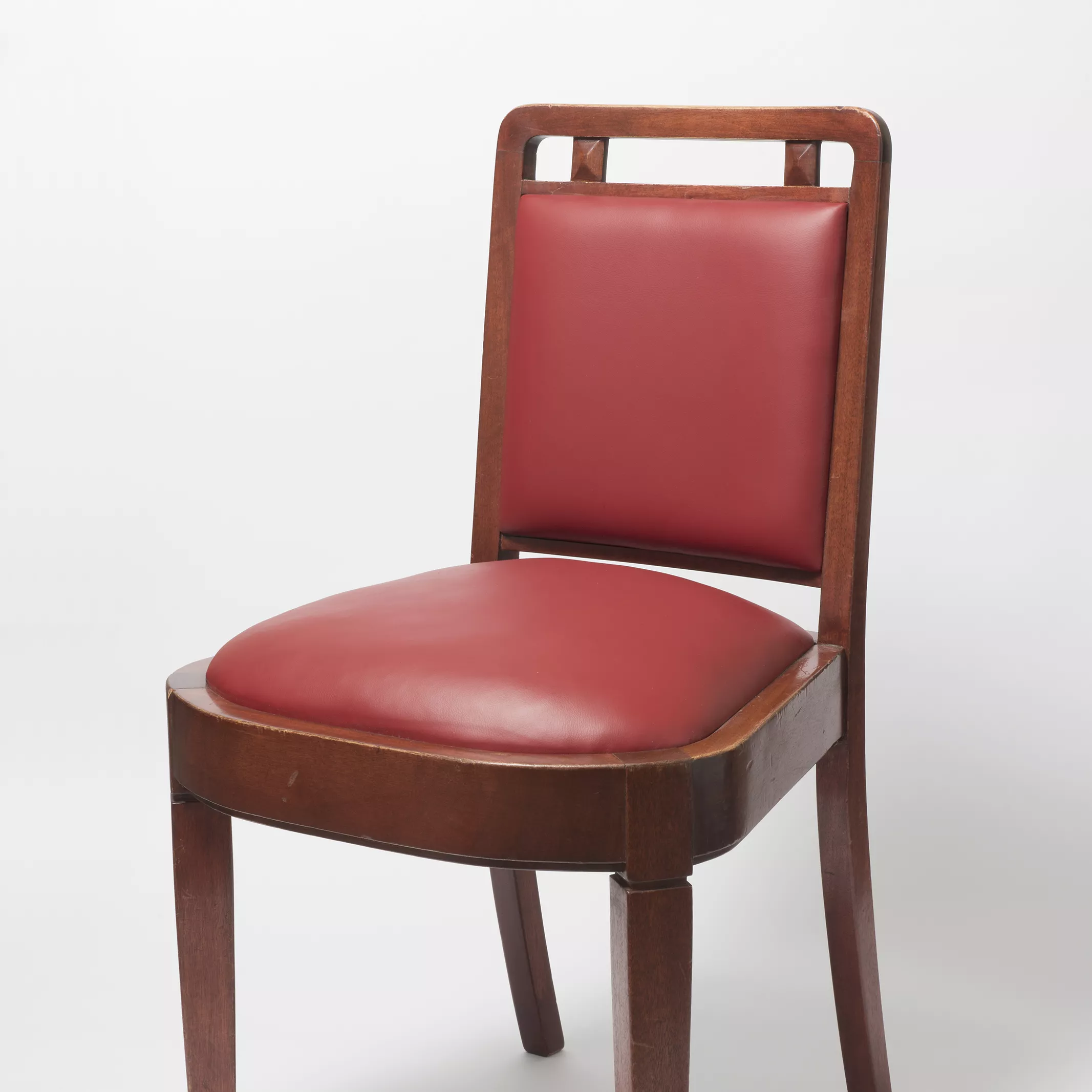Boomerang from Space Shuttle Challenger
A symbol of Australia in space.
On 5 October 1984, the Space Shuttle Challenger blasted off from Cape Canaveral for mission STS-41-G. The shuttle carried seven astronauts, including America's first woman in space, Sally Ride, Canada's first astronaut to fly into space, Marc Garneau, and the first Australian space traveller, Dr Paul Scully-Power, who took along a special symbol of his country – a souvenir boomerang, featuring a painted kangaroo.
Dr Scully-Power requested the boomerang be aboard the Shuttle to symbolise an Australian's first orbital flight. Scully-Power was a joint United States-Australian citizen, having moved to the United States (US) in 1977. Proud of his heritage, Dr Scully-Power obtained the boomerang from Barry Barnes, an Australian official posted to Washington, along with small Australian flags. Barnes' wife Di had purchased the boomerang from a gift shop at Sydney Airport in 1976 – she had no inkling what journey the souvenir would make.
When the Shuttle came back to Earth, the boomerang returned to the Australian embassy in Washington. The following year, when Australian Prime Minister Bob Hawke made a visit to the US, officials scrambled to find an appropriate gift. The boomerang was selected as the gift and was presented to Hawke by President Ronald Reagan on 7 February 1985.
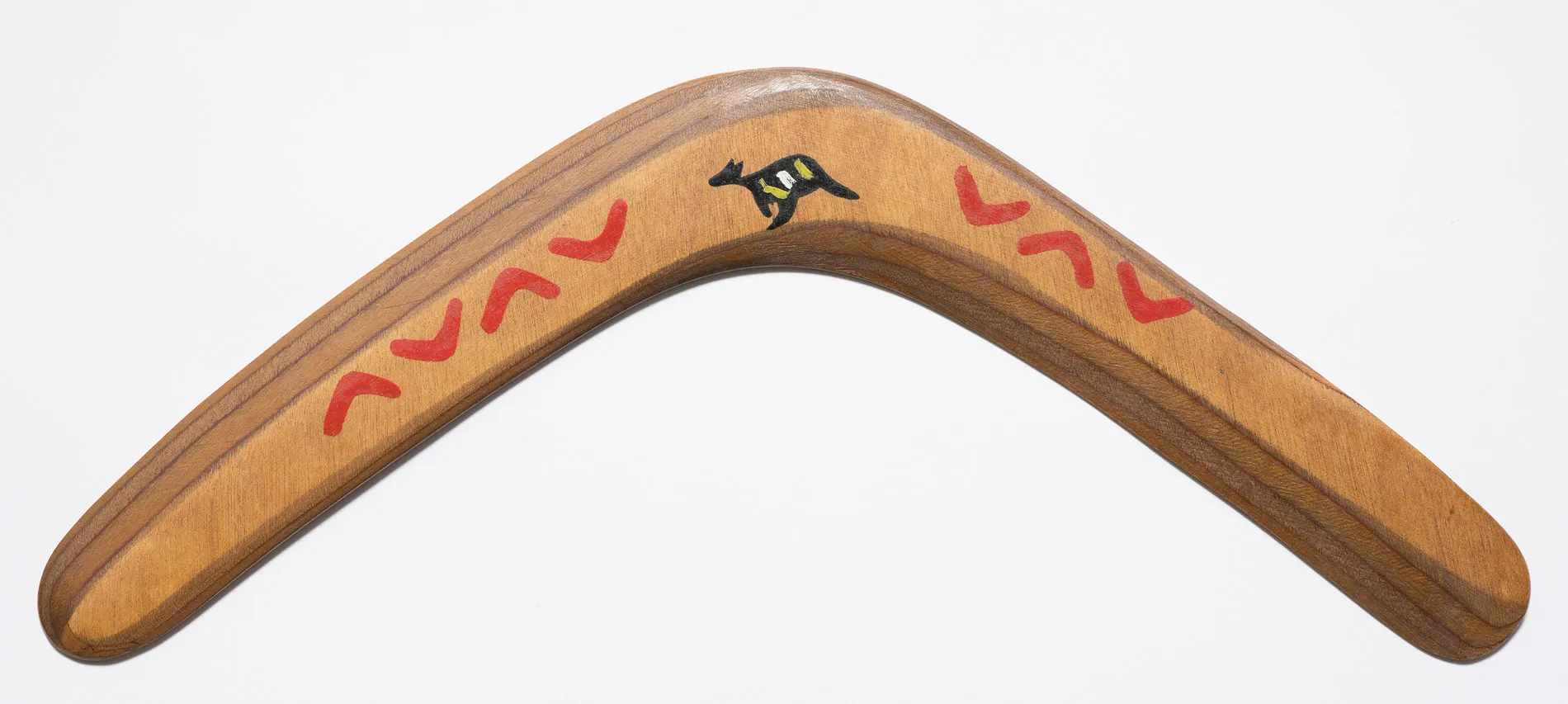
The souvenir boomerang taken by Dr Paul-Scully Power into space aboard the Challenger.
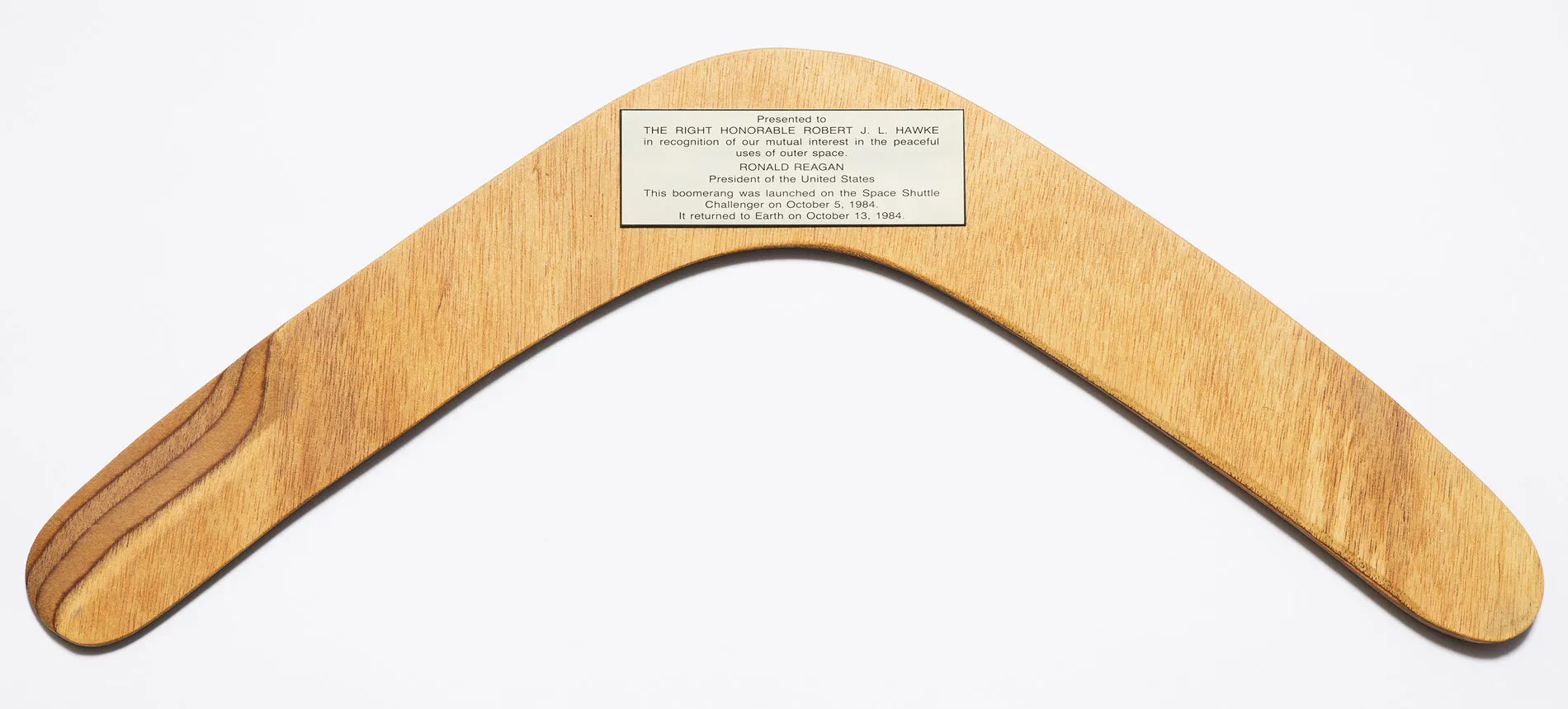
The plaque on the boomerang was added when it was presented to Prime Minister Bob Hawke by US President Ronald Reagan.
The visit was the second of five Hawke would make to Washington as prime minister. Hawke had a strong interest in the US and was close to many US officials. The ANZUS (Australia, New Zealand, United States) alliance formed a critical part of Hawke's foreign policy, with Hawke describing the alliance as 'fundamental to Australia's foreign and defence policies.' In 1991, Hawke committed a naval task force in support of the US during the Gulf War.
The boomerang's inscription reads that it was presented ' ... in recognition of our mutual interest in the peaceful uses of outer space'. Reagan had at this point recently proposed the Strategic Defense Initiative, nicknamed 'Star Wars' which had the potential to weaponise space flight, in violation of international law.

When asked about the boomerang, Dr Scully-Power told MoAD: 'I knew Bob Hawke well, and also worked for President Reagan. I think I may have suggested the idea to Mr Jim Fanseen, Reagan's space adviser and close friend. All such items are stowed pre-flight on the orbiter, and are retrieved post-flight. The crew do not get to see them.'
So sadly, while the boomerang may have flown to space, it was never thrown in space.
What is a boomerang?
Boomerangs are traditional hunting weapons used by many cultures around the world but are most associated with Australian Indigenous groups. Not all groups of Indigenous Australians used boomerangs, which may or may not be designed to return to the thrower. Boomerangs are culturally important to many groups; Indigenous Australians traditionally used them not just as weapons but as musical instruments, tools and even toys.
This souvenir was produced in the late 1970s, at which time practices around the use of Indigenous art and cultural ideas were quite different. There is no indication on the boomerang whether any Indigenous people were involved in its creation.
Were Bob Hawke and Ronald Reagan close friends?
Hawke built a strong rapport with Reagan, despite their political differences. Reagan's Secretary of State, George Schultz, had been a friend of Hawke's for some years, and this no doubt influenced the president's opinion of Hawke. Upon Hawke's election in 1983, Reagan sent a complimentary letter to the new prime minister inviting him to Washington, which Hawke accepted. In his memoirs, Hawke wrote favourably of Reagan and said he considered the president a friend, warmly describing Reagan's personable, affable demeanour. By all accounts Reagan also thought highly of Hawke; in 1986 he called Hawke ' ... a personal friend and a valued counsellor.'
What did the Hawke government do in the field of space exploration?
Bob Hawke's government promoted scientific discovery through funding of research organisations. In 1985 the first two Australian communication satellites under the AUSSAT program were launched. Hawke established the National Space Program with the goal of creating a unified, cohesive Australian space agency.

